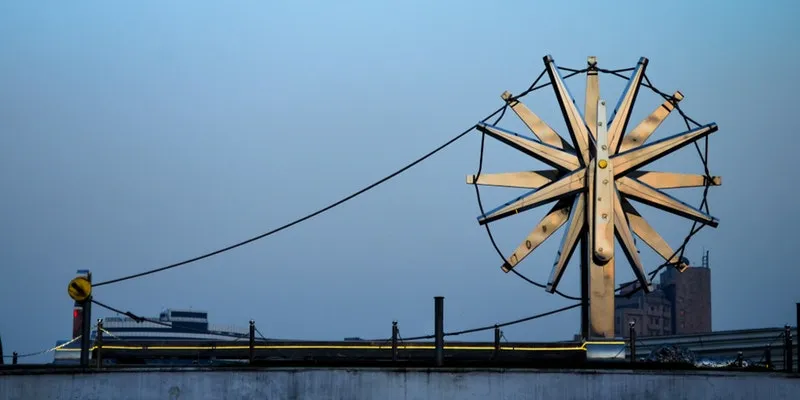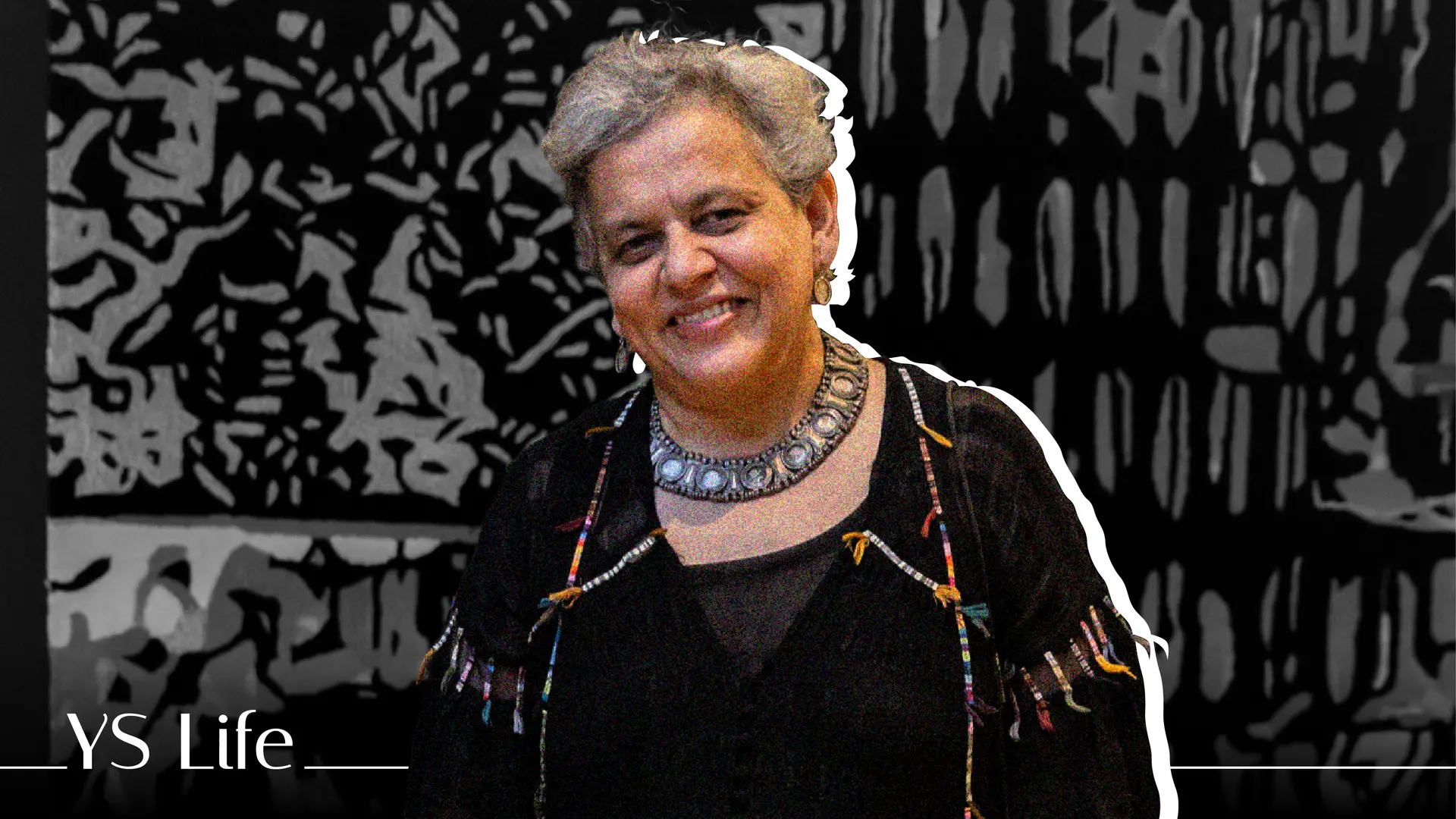Fabric of Freedom: Khadi’s Journey from Independence to high fashion
From being used as a tool to fight against the British to becoming a key pillar of sustainable fashion and a symbol of ethical practices, we take a look at the significance of Khadi then and now.
Khadi is more than a fabric—it embodies a profound connection to India’s freedom struggle.
Historically, Khadi, a hand-spun and hand-woven cloth, was introduced to the people of India by Mahatma Gandhi as a symbol of self-reliance, resistance, and empowerment against the British.
Today, Khadi is experiencing a dynamic resurgence, evolving into a key pillar of sustainable fashion and a powerful symbol of ethical practices, both in India and across the globe.
In the recent years, Khadi has witnessed a resurgence in popularity, driven by a growing awareness of environmental issues and a renewed interest in heritage.
According to recent reports from the Khadi and Village Industries Commission (KVIC), the production of Khadi fabrics in FY 2022-2023 was substantial, with a value of ₹2,915.83 crore. This resurgence is not just about economic impact; it represents a shift in consumer mindset towards slow fashion and sustainability. As younger consumers increasingly prioritise these values, Khadi is becoming a cornerstone of the movement.
Moreover, in a world focused on sustainability, Khadi stands as a fabric supporting artisans who earn their livelihood from it. Recognising its symbolic significance, the Khadi and Village Industries Commission (KVIC) is actively working to stabilise its growth.

Charkha (Spinning wheel)
Khadi also reflects India’s historical aspirations for freedom, simplicity, inclusivity, and sustainable living. It has not only become a unifying force in the diverse tapestry of India, but also embodies the core principles of Gandhiji’s teachings.
In the face of industrialisation, Gandhiji championed the ideals of self-reliance and sustainability through Khadi, promoting zero waste and bolstering rural economies. This vision transformed Khadi into a source of livelihood for rural communities, providing employment opportunities for individuals with limited formal education and skills. Embodying the concept of decentralised production, Khadi represents the empowerment of the masses and a departure from reliance on mass production.
Gandhiji always advocated bridging the gap between the urban elite and the rural poor, urging the former to empathise with the latter by adopting their simple attire. This was a deliberate move away from the westernisation of Indian dress and a step towards embracing indigenous culture and values.
While Khadi was a visual and tangible representation of resistance, unity, and the pursuit of self-reliance, over time, it shed this outdated image. Designers and fashion houses started to explore the fabric’s potential in contemporary fashion. The fabric, once seen as coarse and unfashionable, was reimagined in various textures, colours, and designs, making it appealing to a new generation of consumers who valued sustainability and heritage.
The fabric’s production process, which uses minimal water and energy and is mostly chemical-free, aligns perfectly with the values of ethical fashion. Brands like Good Earth and many international designers have embraced Khadi not only for its aesthetic appeal but also for its environmental benefits.
In the recent years, Khadi has even graced international runways, further solidifying its place in the global fashion arena. Its journey from a symbol of India’s freedom struggle to a coveted fabric in the world of high fashion is a testament to its enduring appeal and relevance.
Today, Khadi has made significant inroads into the global fashion industry. Designers like Sabyasachi Mukherjee, and Ashish Satyavrat Sahu have incorporated Khadi into luxury and bridal wear, highlighting its versatility and timeless appeal. These designers see Khadi as a symbol of understated luxury, with its unique texture and the fact that no two pieces are ever identical. This bespoke quality has made Khadi a favourite among those who seek individuality in their fashion choices.
Additionally, brands like Red Sister Blue and Paiwand have successfully promoted upcycling and slow fashion, offering a bright future for Khadi. Internationally, designers like Stella McCartney have explored the use of sustainable and ethical fabrics, with Khadi being a prime example of how traditional textiles can meet modern fashion needs.
Khadi’s journey from a fabric of political resistance to a symbol of sustainable luxury illustrates its incredible journey through India’s socio-political and cultural landscapes.
As it continues to evolve, Khadi remains a powerful reminder of the past while offering innovative possibilities for the future. Today, Khadi is perfectly positioned to lead the way in the global fashion industry, blending tradition with modernity. This fabric isn’t just about history; it’s about the future too.
By embracing Khadi, we’re not just honouring our past—we’re making a statement about the kind of world we want to build. Whether on the streets of India or the runways of Paris, Khadi is a reminder that fashion can be both beautiful and responsible. As it continues to grow in global popularity, Khadi has the potential to inspire a more thoughtful, connected approach to the way we dress.
(Sharda Nautiyal is an Associate Professor, Fashion Design, Pearl Academy; and Anita Bora is a Professor of Fashion Communication, Pearl Academy)
Edited by Megha Reddy







